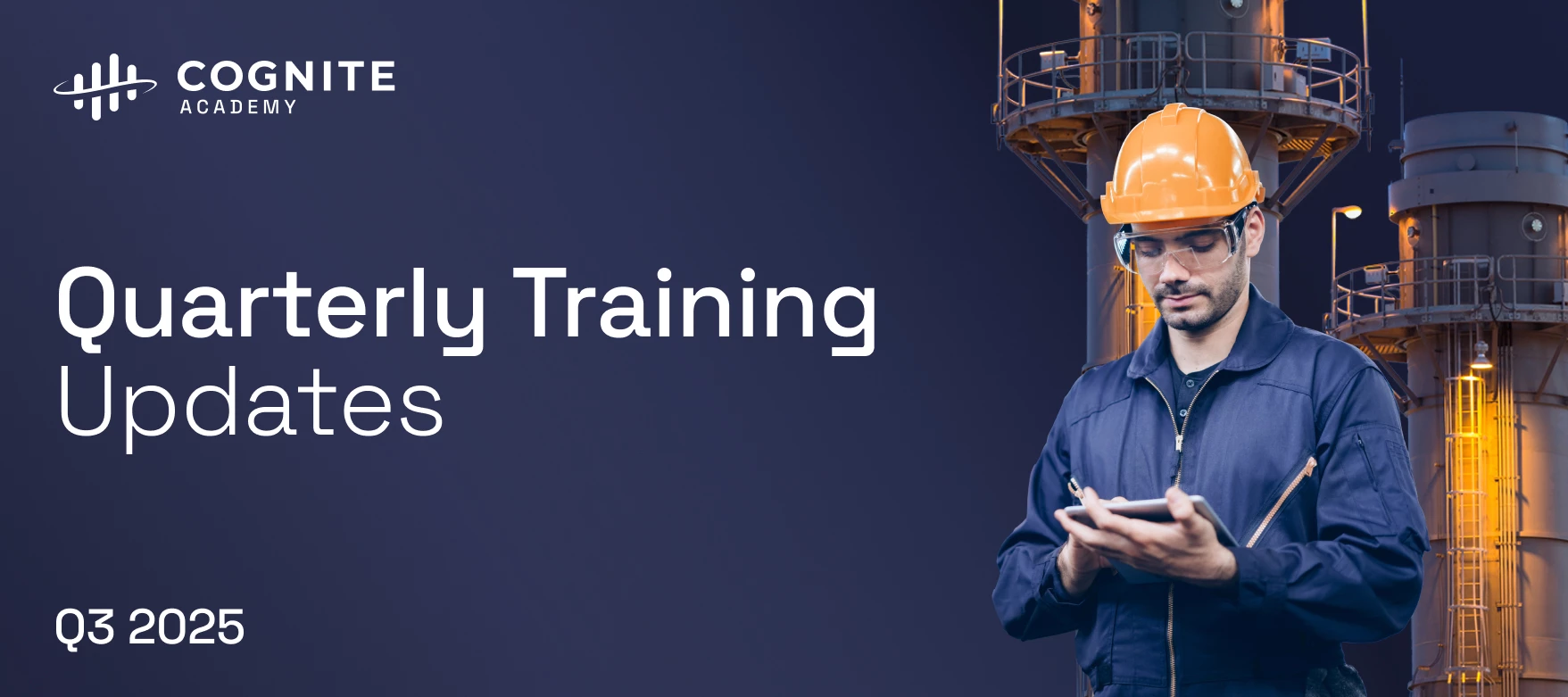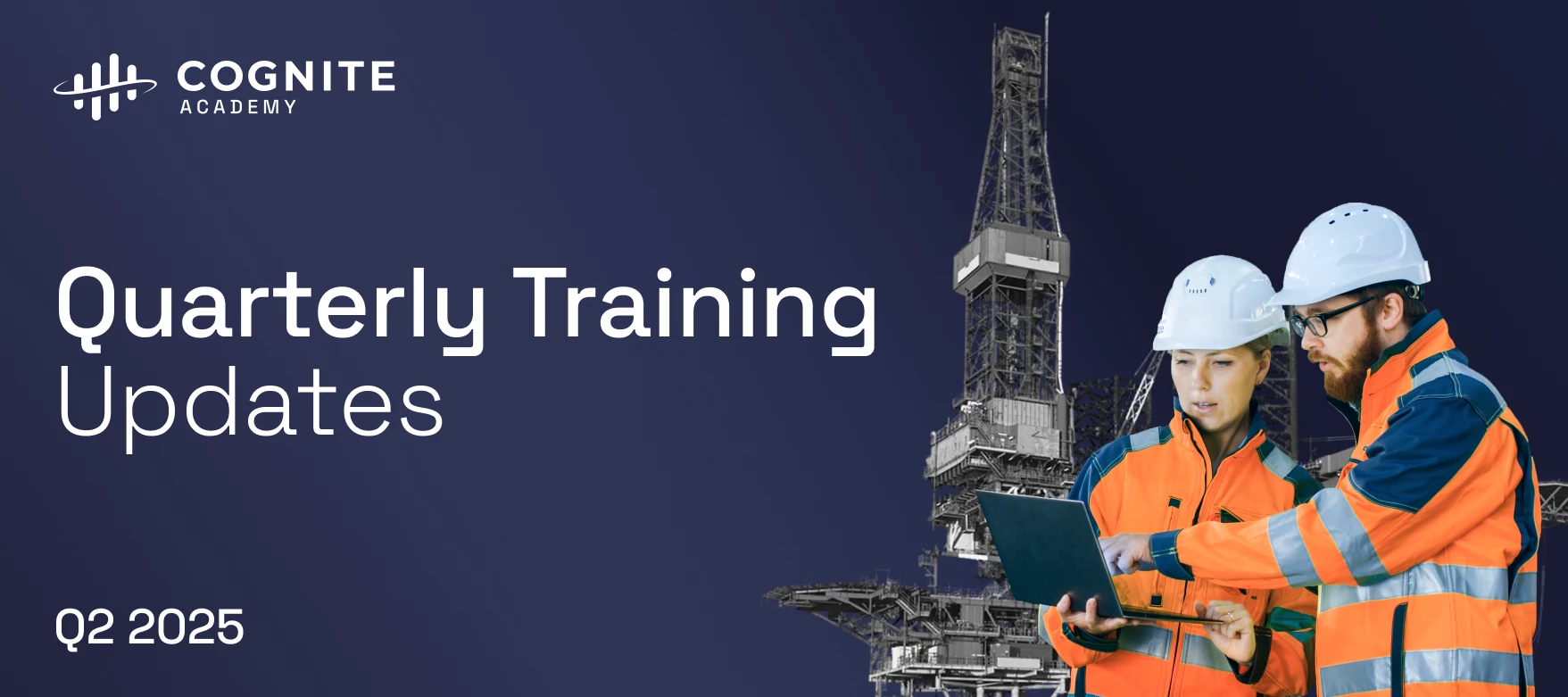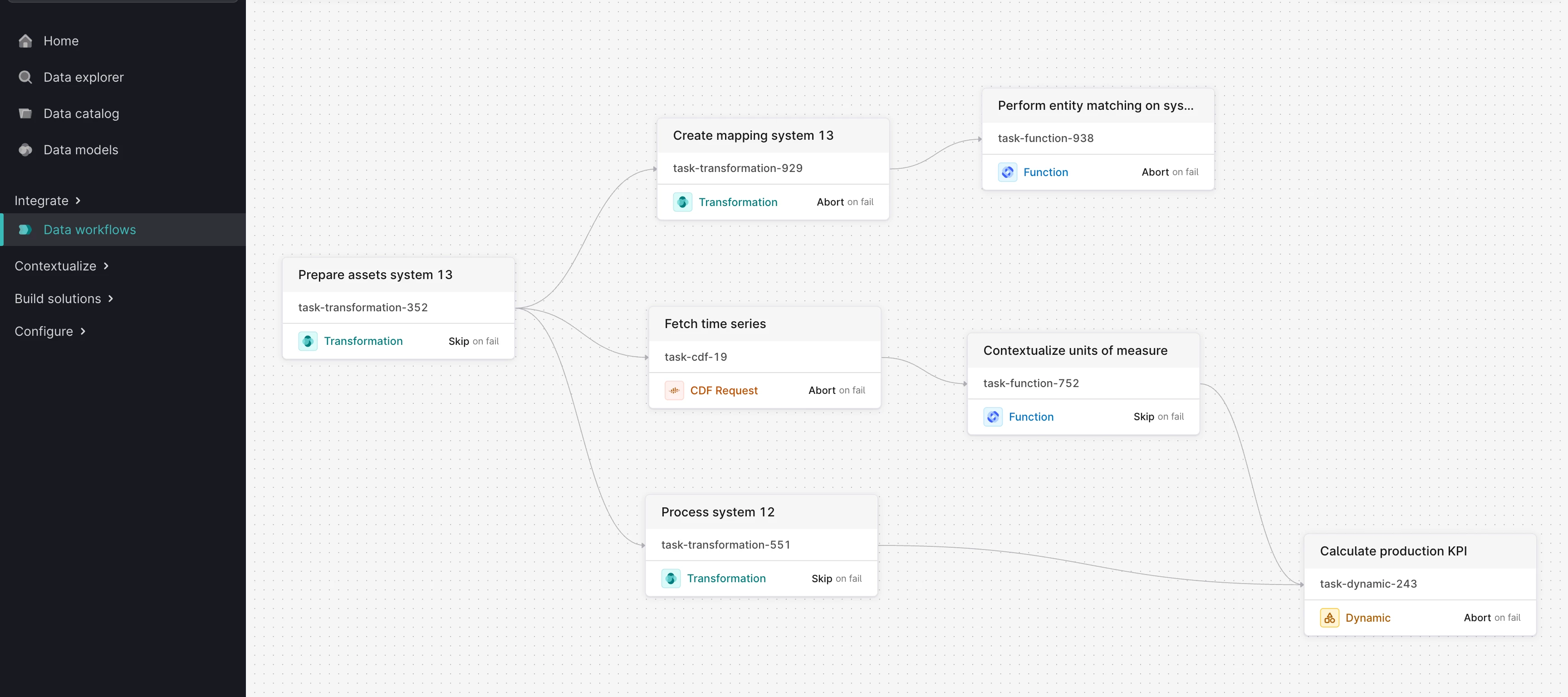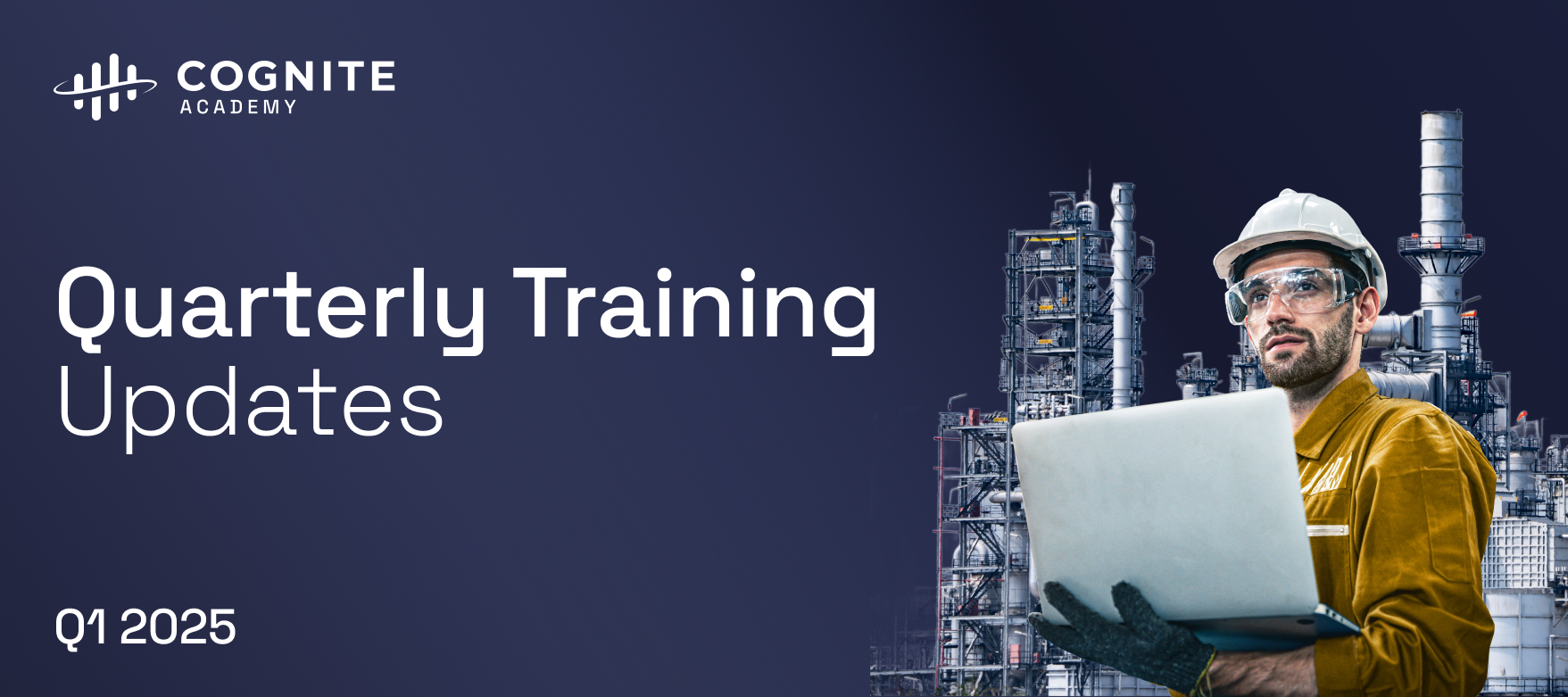Introducing NEAT 1.0: Build Better Data Models, Faster!
We are on a mission to help everyone build and deploy better, more scalable, and Atlas AI-ready data models in Cognite Data Fusion. Today, we introduce NEAT 1.0 as an official part of our product tooling. Why NEAT 1.0 Matters A reliable, scalable, and usable data model is the bedrock of the Knowledge Graph in Cognite Data Fusion. NEAT 1.0 is designed to give you confidence that your models are usable, scalable, extendable, and performant. We've taken years of deep product expertise and hard-earned experience from our most demanding customers and turned it into concrete feedback and guardrails you can leverage in your automated development workflow, giving you help exactly when you need it.What's New? Faster & Focused: We concentrated on physical data modeling and made NEAT significantly faster than previous versions. We also adopted a clean, object-oriented approach for interacting with features. Better Quality Checks: We've included a ~2x larger library of data model validators (constantly growing at thisisneat.io/validation). This means more checks to ensure your model is viable, scalable, and maintainable. Deep Pre-Deployment Analysis: The dry-run feature was completely rebuilt to give you a deep, clear analysis of the changes that will occur, including a severity score, before you even push your model to CDF. Easy Issue Navigation: You get rich analysis of data model issues with interactive navigation, search, and clustering, making it simple to find and fix problems. Ready for Governance: We take a user-centric approach to anything graph related, offering four pre-built, configurable data model governance profiles to jumpstart your quality assurance.What About Legacy Features? NEAT 1.0 embraces focus and minimalism. To make this release more performant and easier to maintain, we removed some features from older, legacy versions that did not align with our new, streamlined approach. Legacy features continue to be available from cognite.neat.legacy import NeatSession while we continue to port these features to V1. Getting started?Watch the short video and check out https://cognite-neat.readthedocs-hosted.com/en/latest/installation.html to try for yourself!


 Check the
documentation
Check the
documentation Ask the
Community
Ask the
Community Take a look
at
Academy
Take a look
at
Academy Cognite
Status
Page
Cognite
Status
Page Contact
Cognite Support
Contact
Cognite Support




